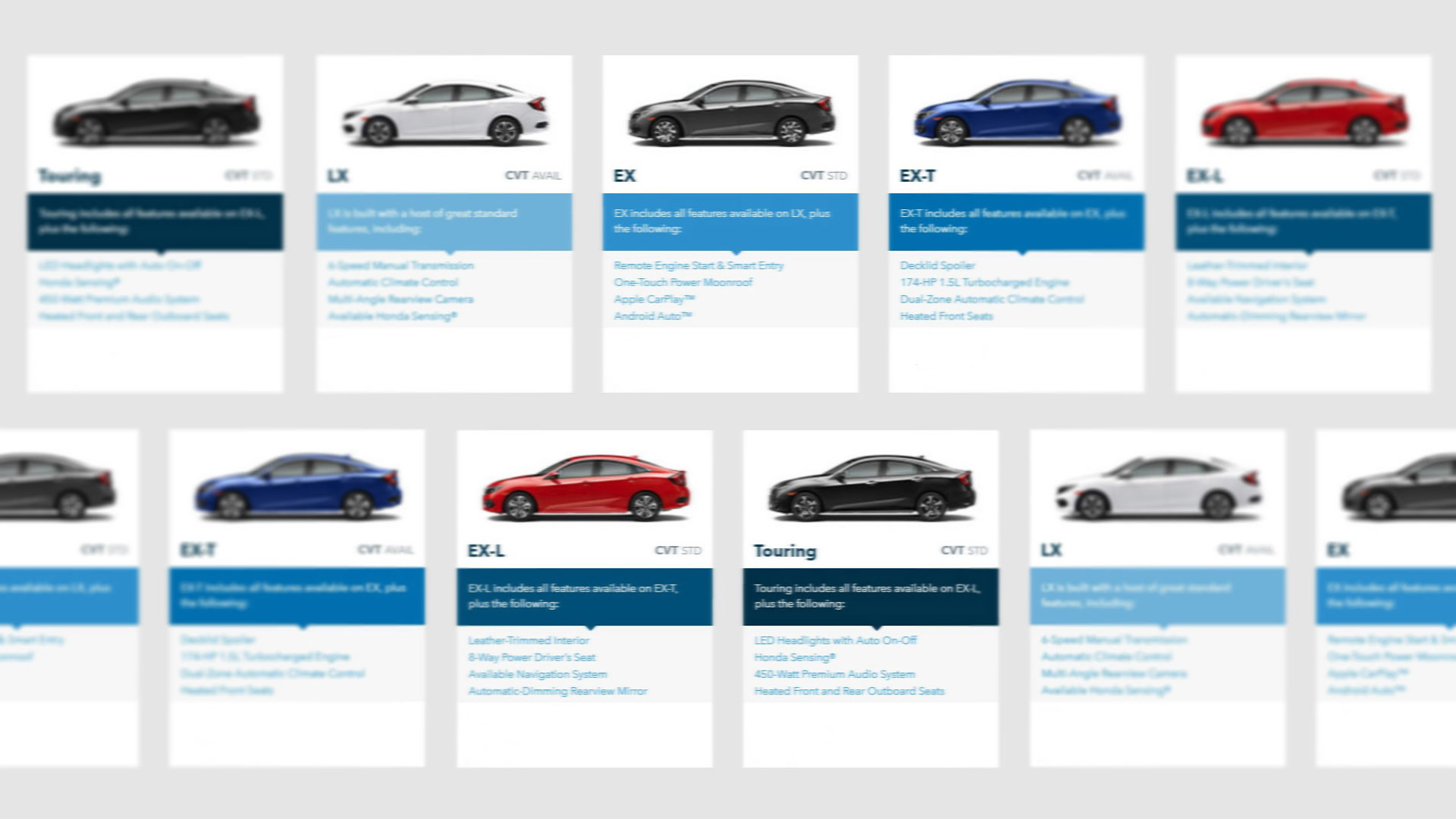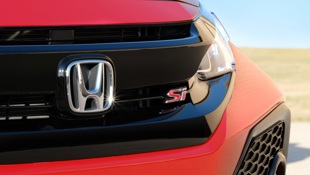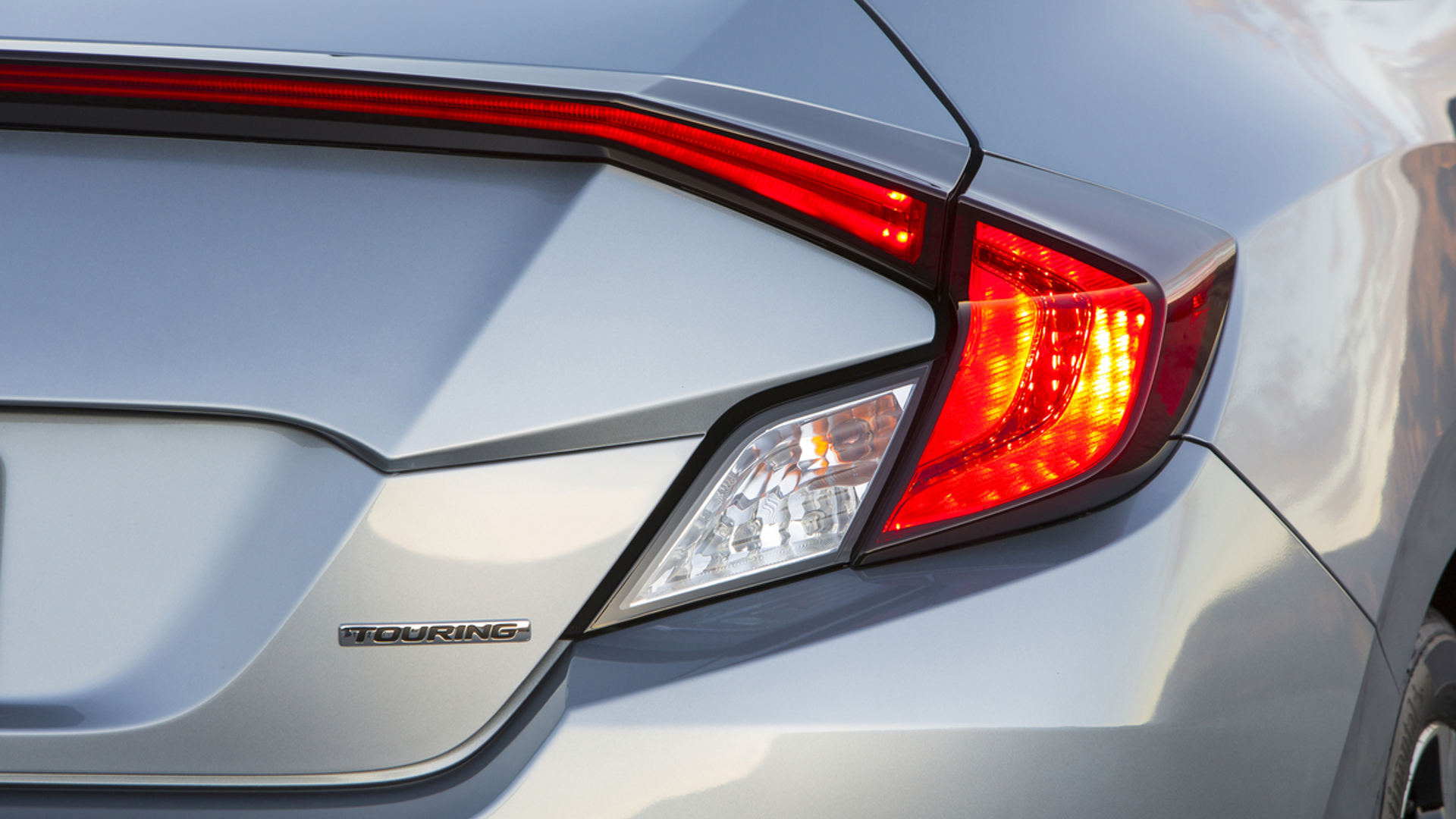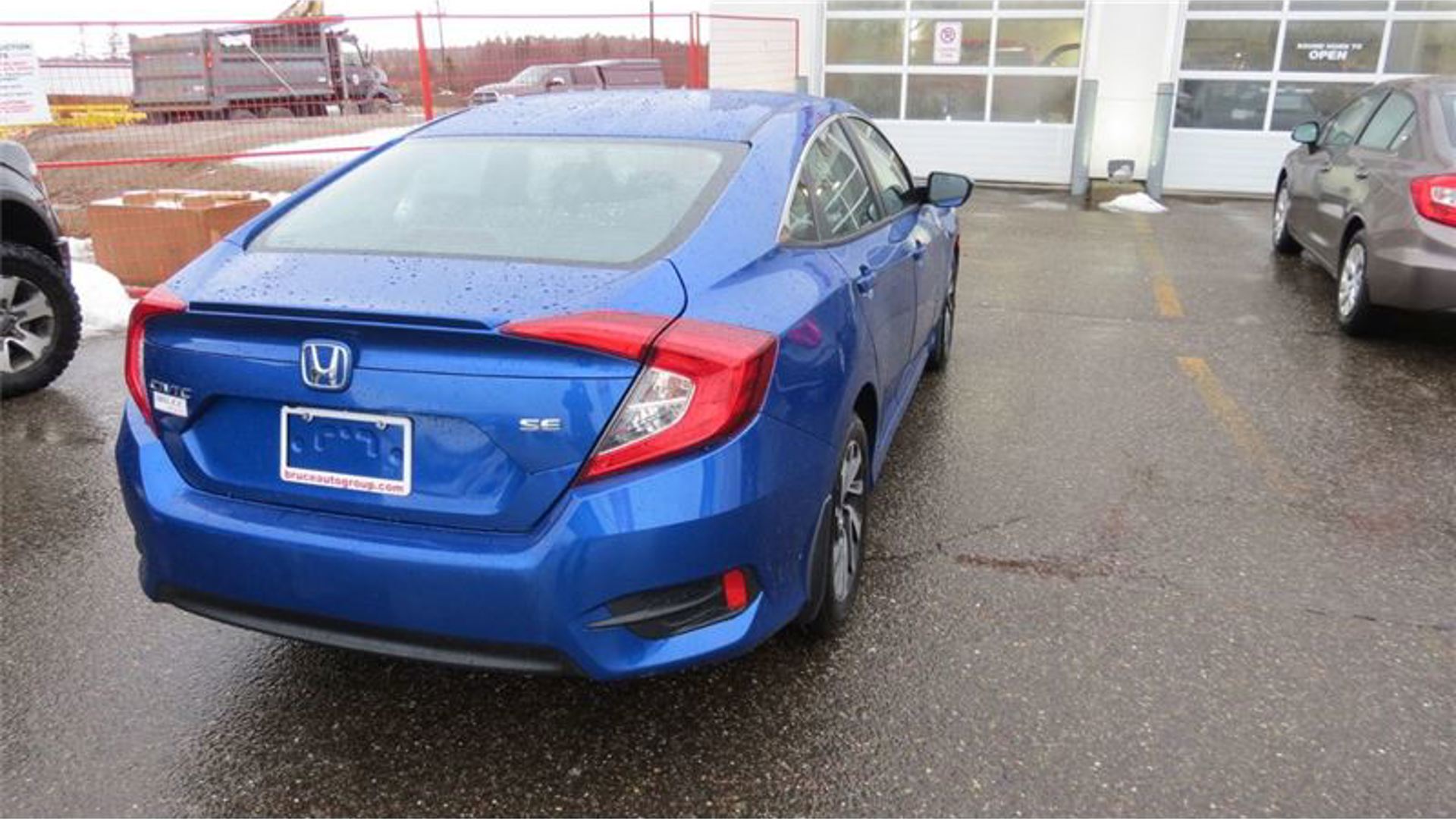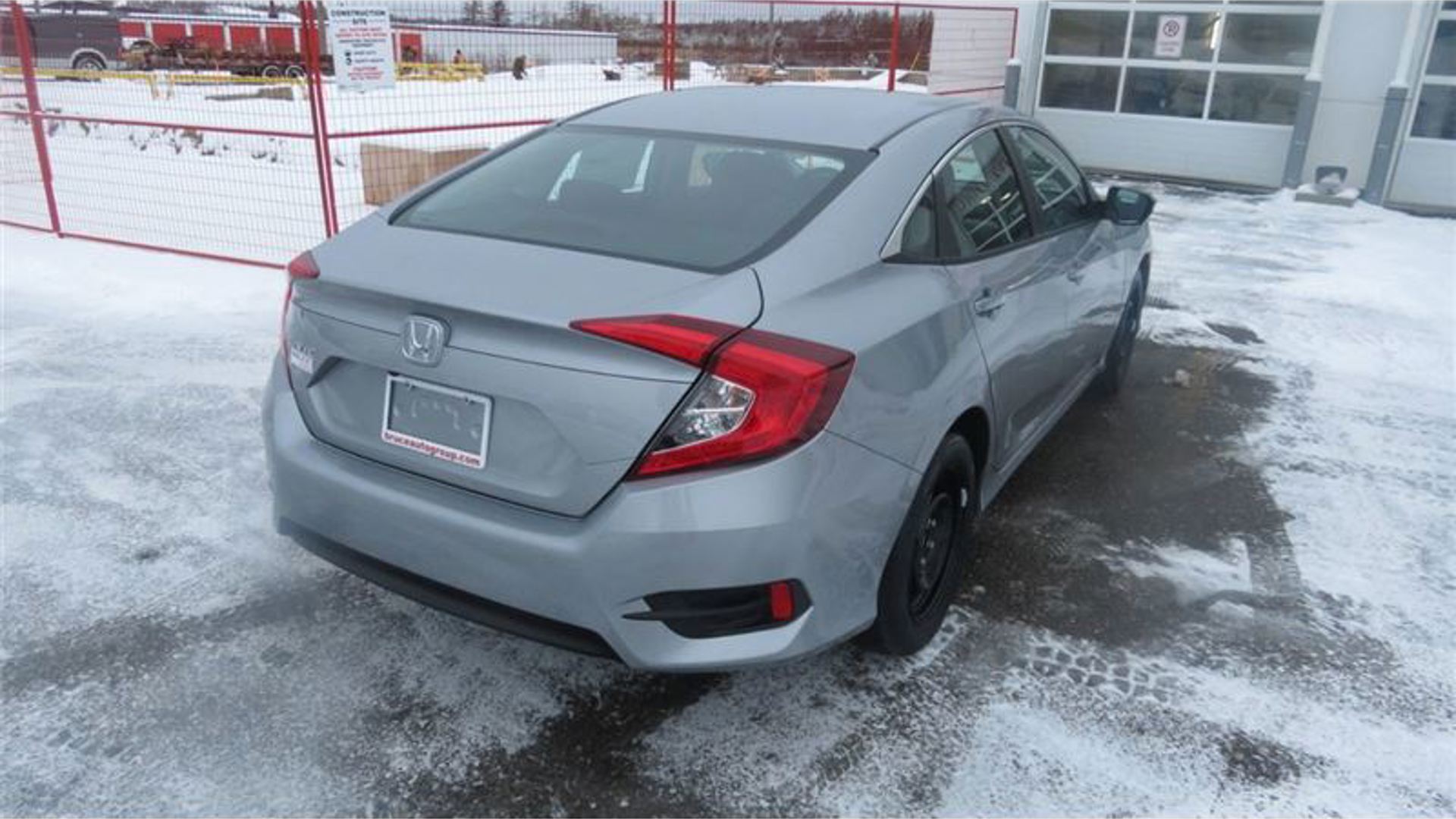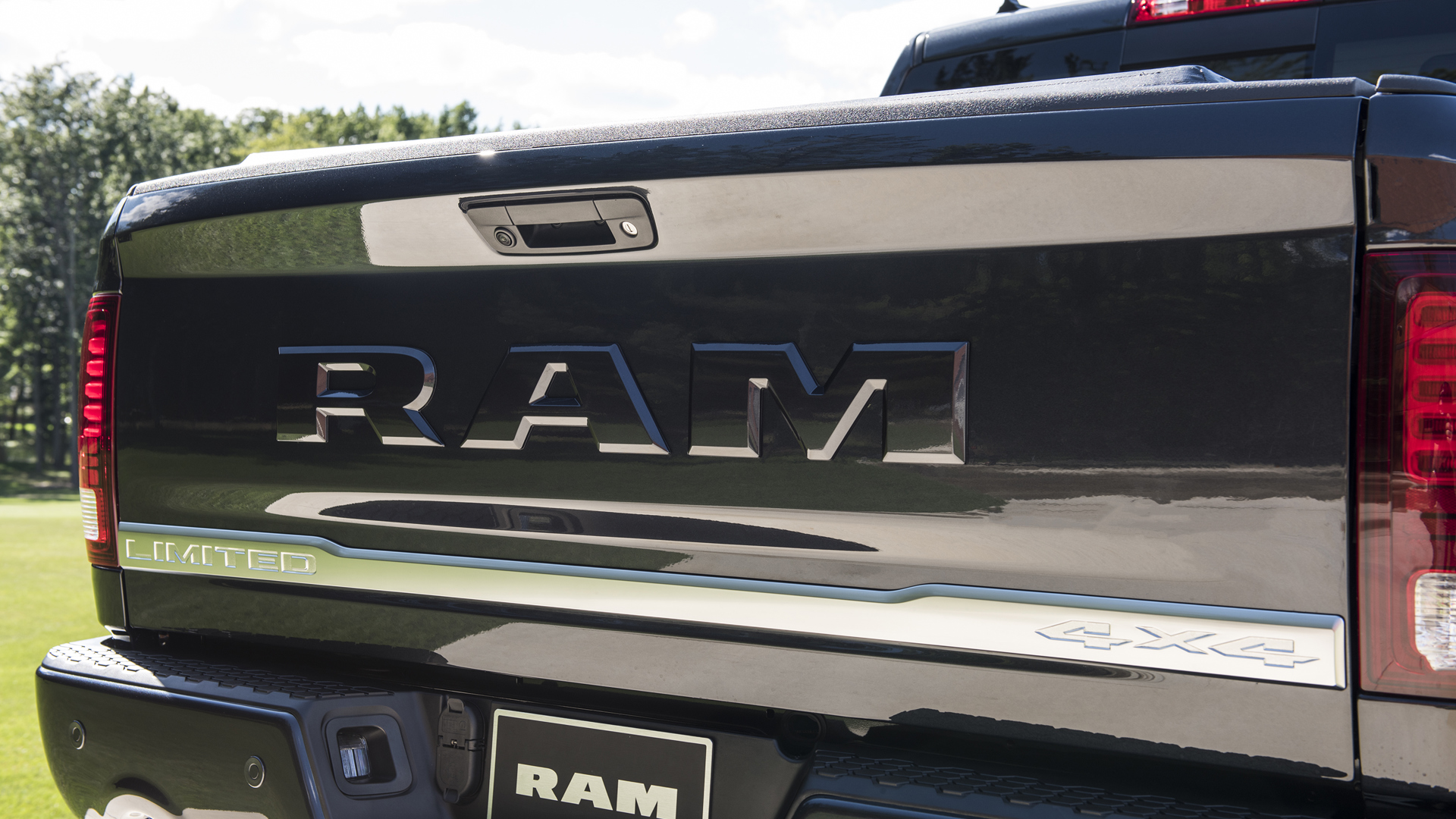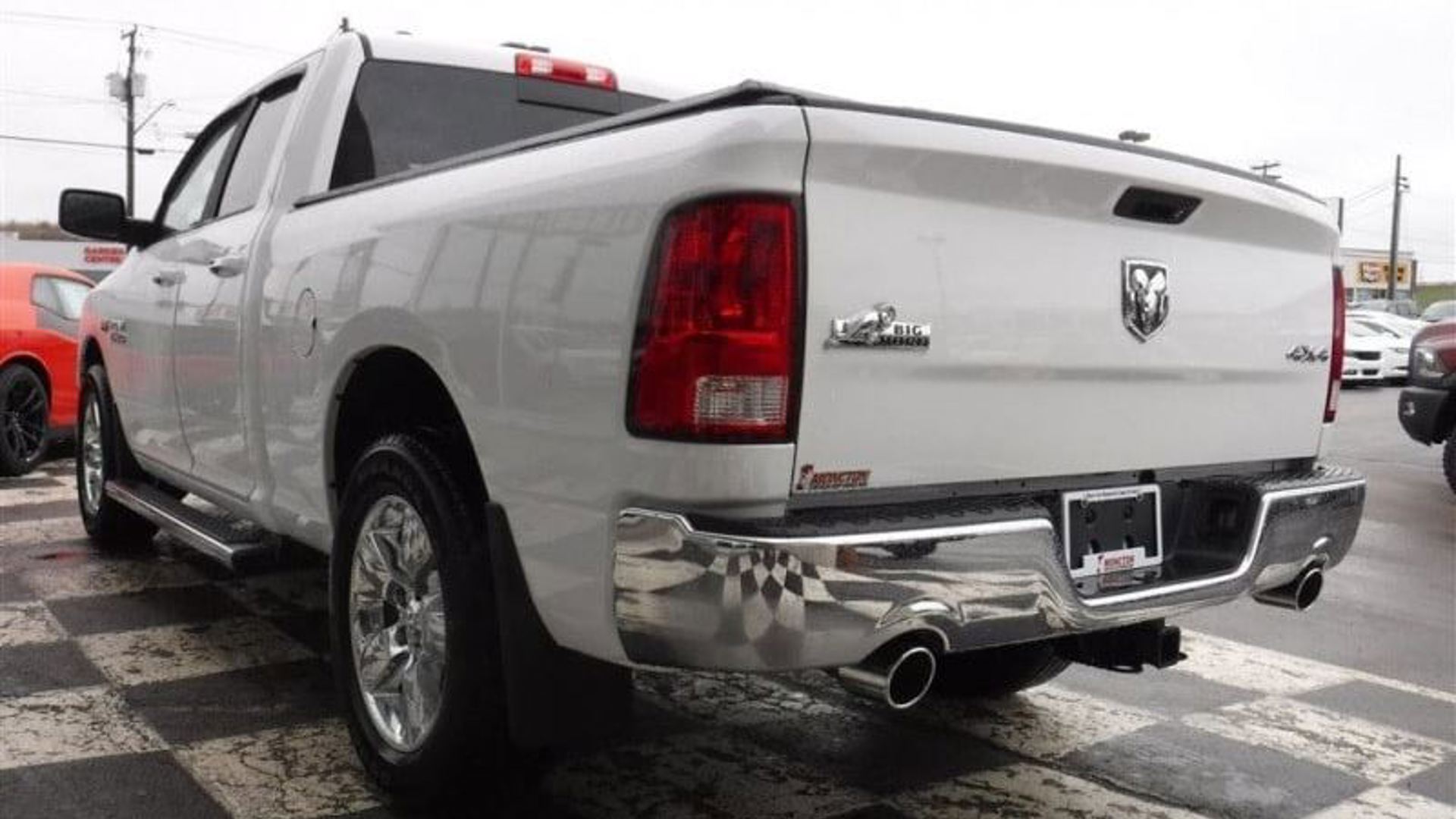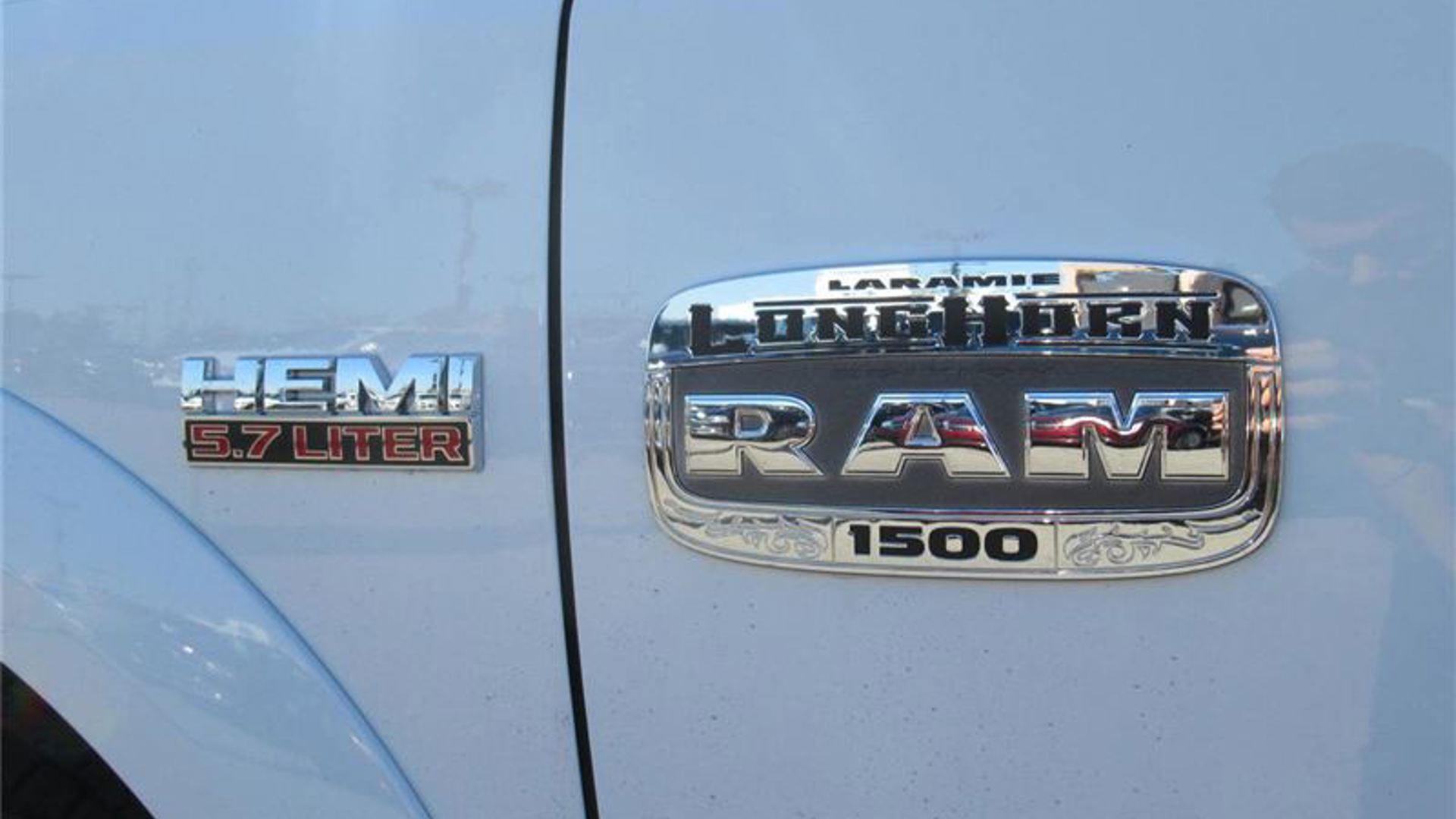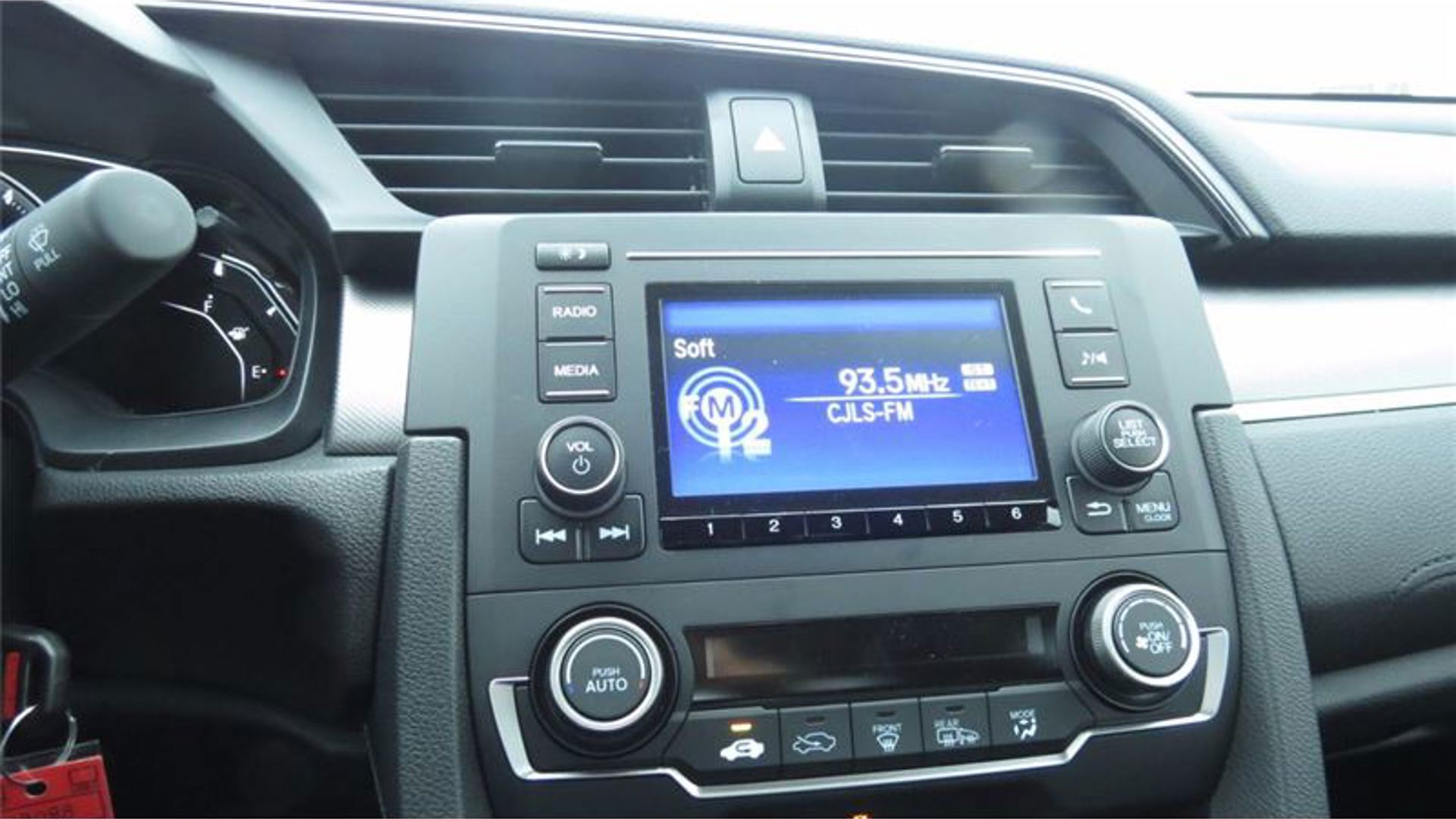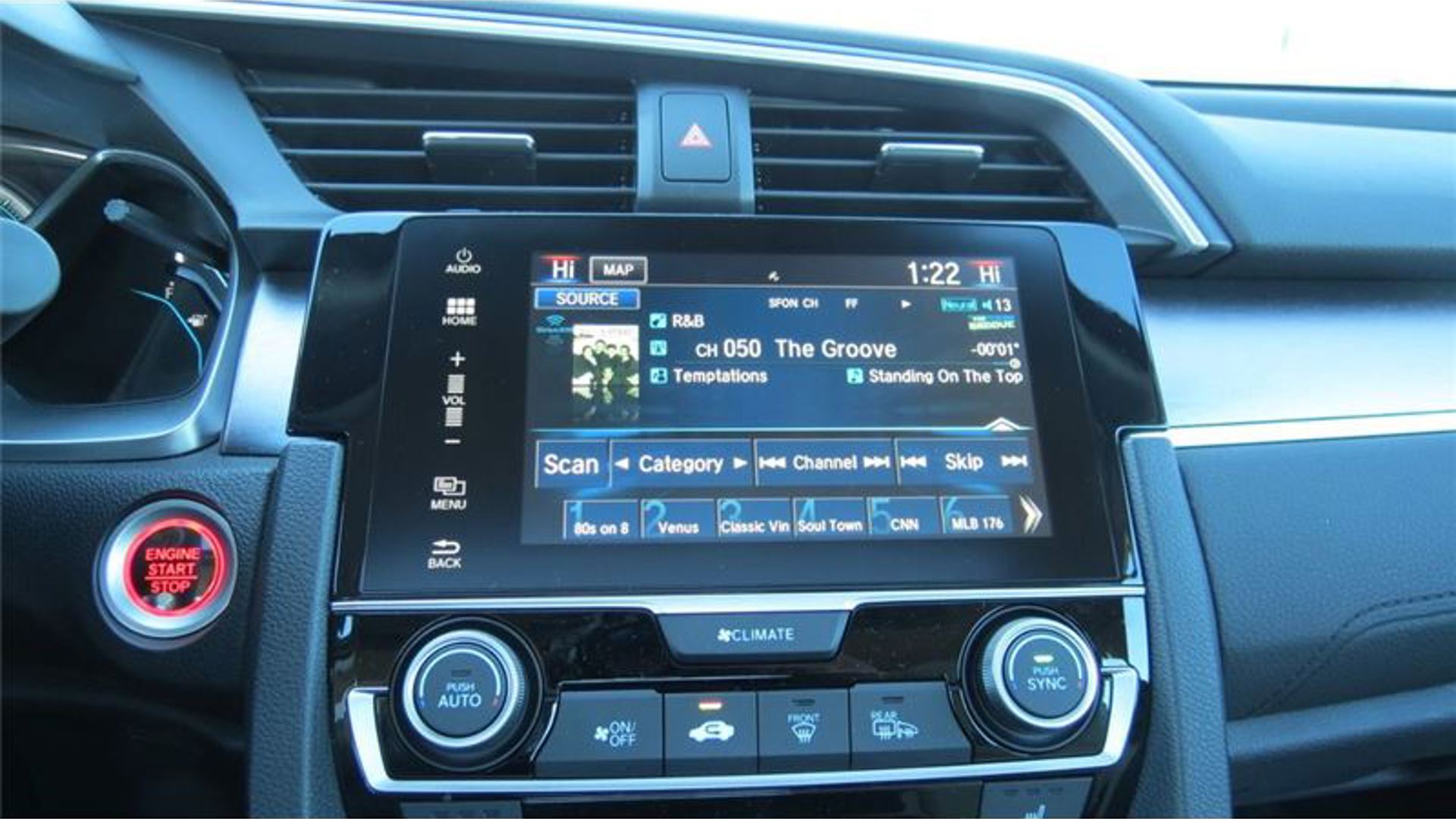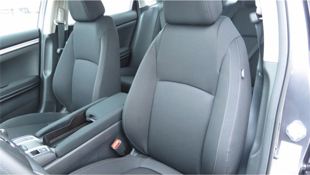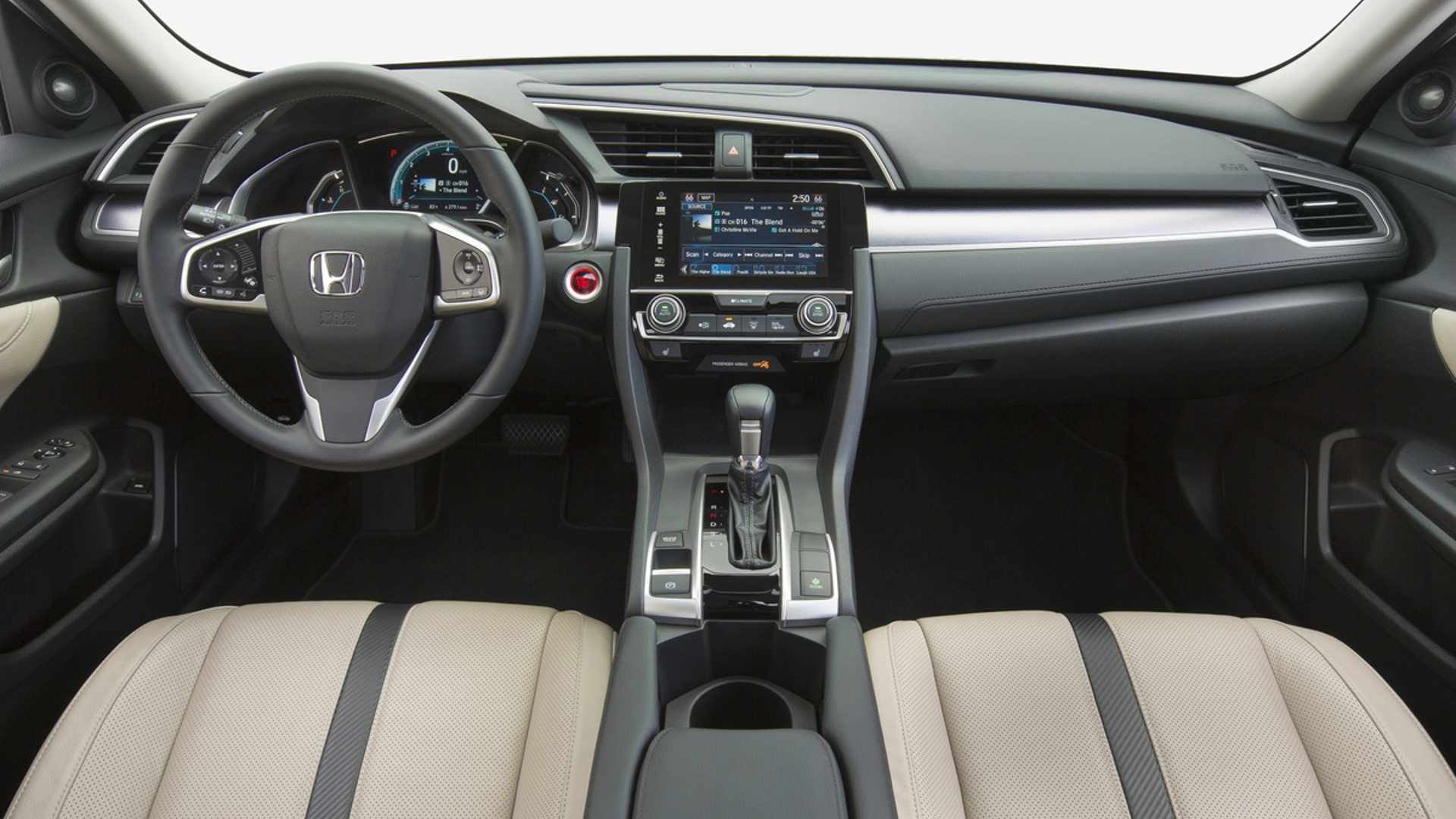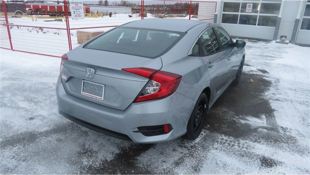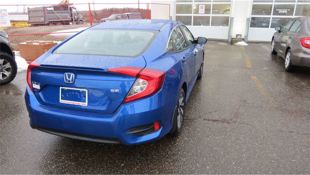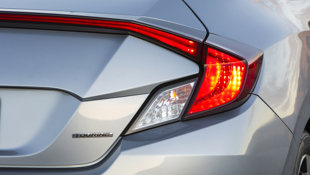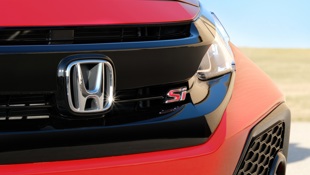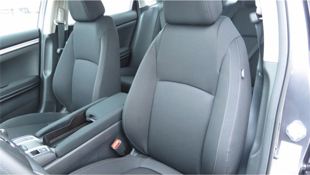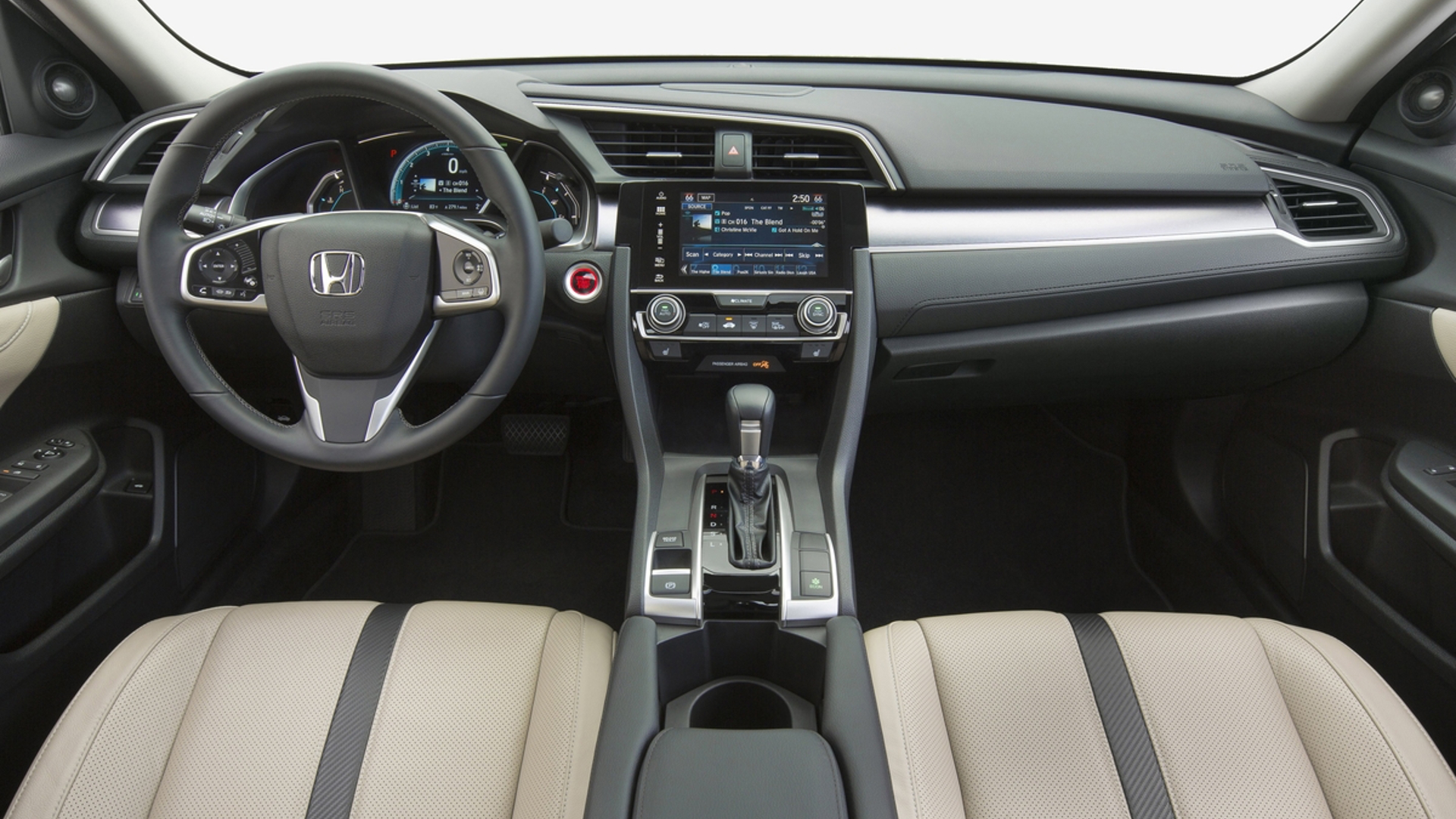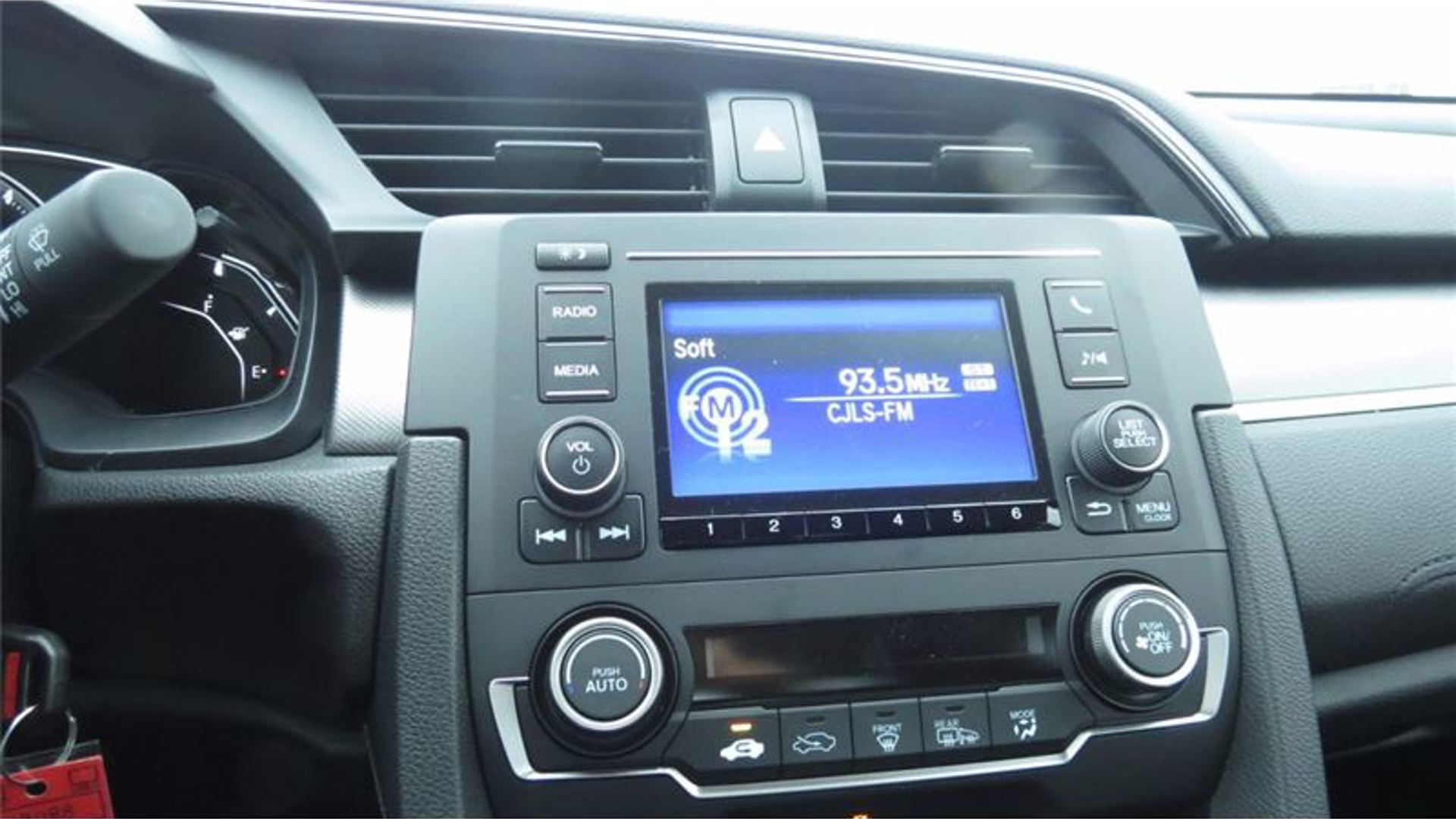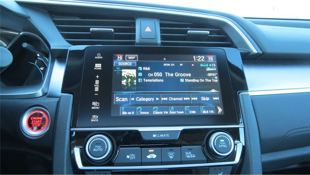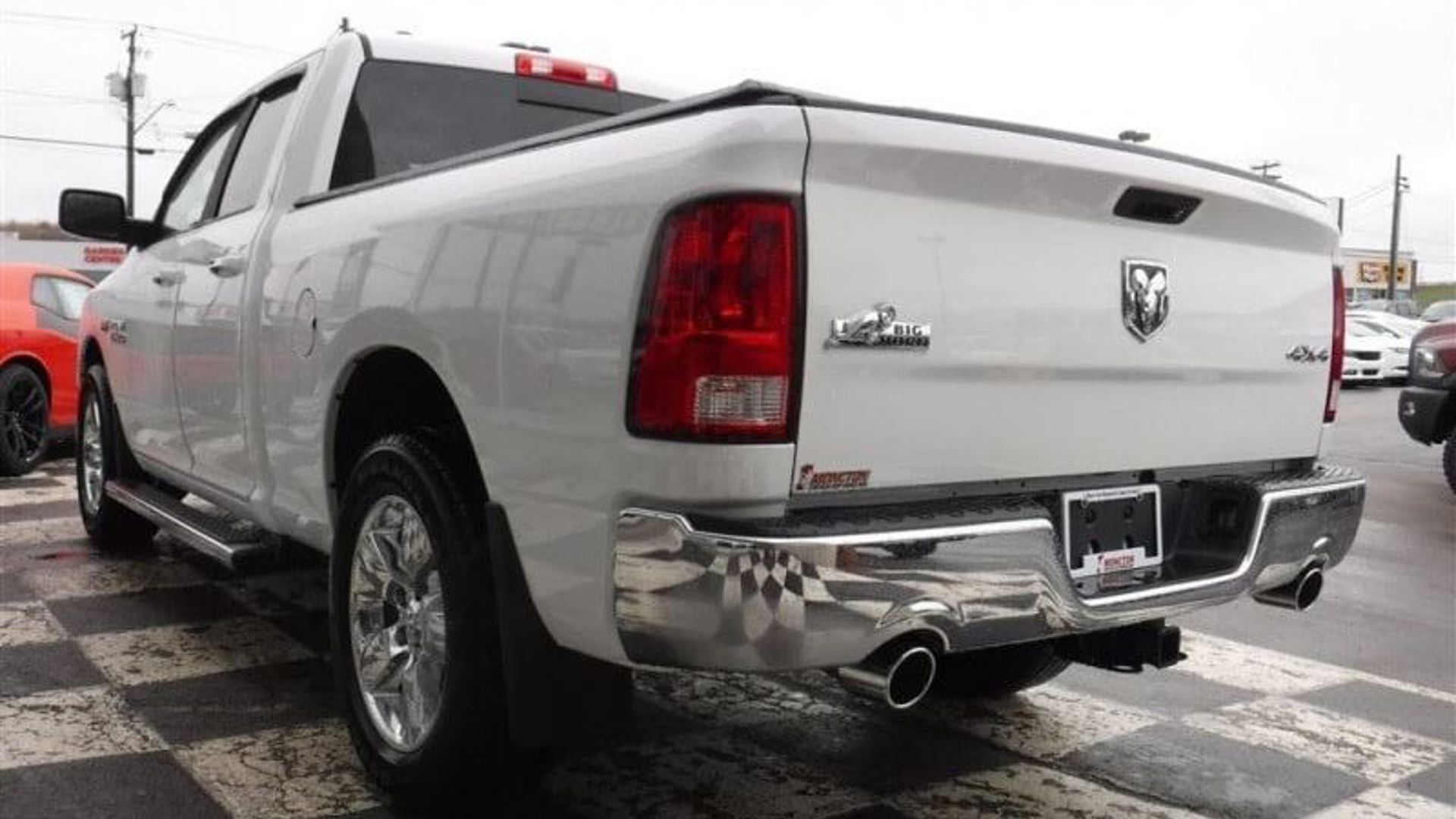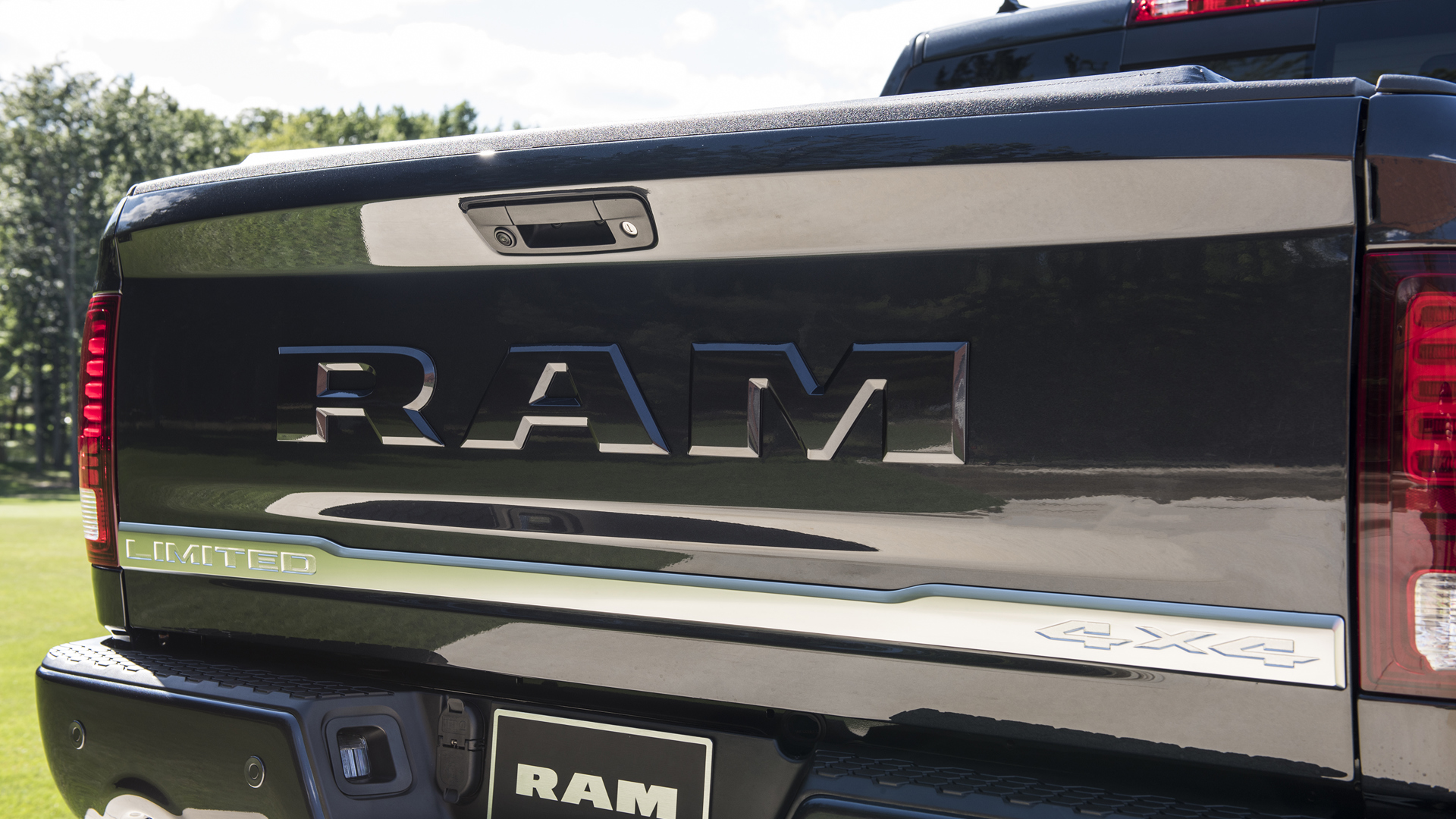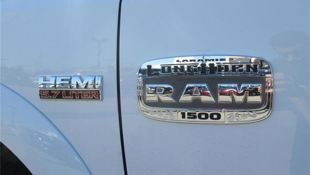So you want to jump out of your trick ride and ease on into a hip ride, but you aren't just exactly sure what's a model and what's a trim? With apologies to the Tower of Power, when you're reading the latest news and reviews, the small differences between a base trim and a loaded trim can get confusing.
Models and trim levels can get names that make telling what's a different car and what's the nicer version of the same car tough. We're here to help you out.
Here are the basics. How to tell what car you are looking at, and then what trim it is, plus what that all even means and why you should care.
What's a Make?
Start at the top, with the manufacturer. Like Honda, or Ram. That's the company who built the car. They probably build a handful of cars, each with their own name or number. Make can also be called manufacturer, OEM, marque, type, or brand.
What's a Model?
Then you drop down to models. Honda's models include the Civic and the CR-V. Ram's are a little more confusing though, because they use numbers instead of names. Some of their models are the 1500 and 2500 trucks.
A model is the name given to a type of car made by a manufacturer. They are sometimes called nameplates, or even just "name".
Okay, so what's a Trim?
So you go to your local dealership looking for a new Civic and you see that they've got lots of them. But they aren't all Civics.
Some of them are badged Civic LX, some say Civic SE, and some even say Touring. What does all that mean?
LX, SE, and Touring are the different trim levels. And each one means that the car comes with different equipment on the inside. They'll all have different prices because they offer different amounts of features and content.
Trims are sometimes called "spec" or "edition". Some manufacturers (such as Toyota), confusingly refer to different trims as "models".
The Civic line starts with the DX trim. That's the bare-bones car with power windows and a radio, and not a whole lot else. That's good, it's what lots of people want.
If you want more, you need LX. That adds more standard features like Apple CarPlay and heated front seats. SE adds push-button start and a leather-wrapped steering wheel plus more active safety equipment. EX adds even more features, and then finally Touring adds all the bells and whistles like leather seats and navigation. Touring is what you would call "loaded".
They're the same basic car inside and out, but some have more features. Features you might want. That's why it's important to know when you're looking at new cars; and it can also save you lots of time when you're looking at used cars. Don't bother going to check out an LX if you want the features of a Touring.
That's a quick summary of the trim levels of one particular model of car, but it gives you a good idea of what the differences are.
Why do automakers offer a trim levels and packages instead of just lots of options?
It's easier for them to make just a few different variations of a car than to make one model with dozens of different options. It also makes it easier for you to find one with the features you want, although sometimes you might end up with some you don't. That's why if you want leather seats you can't tick a box that says "leather seats," you have to buy the Touring model.
While every automaker uses a different combination of letters and names for their trim levels, you can use resources like our buyer's guides to help spot the differences and pick the trim level you want.
Some manufacturers, especially the ones that make trucks, put more effort into not just the names but the changes. Ram's basic 1500 trucks are the ST, SXT, and SLT, but above the base three it gets more interesting. Like the Big Horn, which gets special wheels and more chrome to go with the extra features, Sport, which has a unique grille, and Laramie Longhorn that gets a different grille and even a unique dashboard compared with lesser trucks. With those, adding a higher trim gets you a different interior, not just more features.
What's a Package?
And then some OEMs add packages, which are small groups of options, but not enough to make up a trim – and can be added to trims. For example, you can get an A4 Audi in Technik trim, but add the S-Line package.
What's a Stand-Alone Option?
There are still some options available individually. Especially on trucks and German luxury cars. The Ram 1500 offers a choice of engines, and the option of tow mirrors, as an example.
Stand-alone options are small items you can add to your vehicle without having to go up a trim level, or choose a package.
So that should give you an idea of what to look for when you're picking your next car or truck.
Choose the model you like, and then use the trim level to decide what features you want, or what features you want to pay for, and what features you don't need.
Why is knowing the trim level important? It helps to make sure you have what you want, but it also keeps you from overpaying.
If you're looking at two used cars, and one is the higher trim level, it will likely cost more.
Don't overpay for a base model by comparing it the the loaded one next door.
